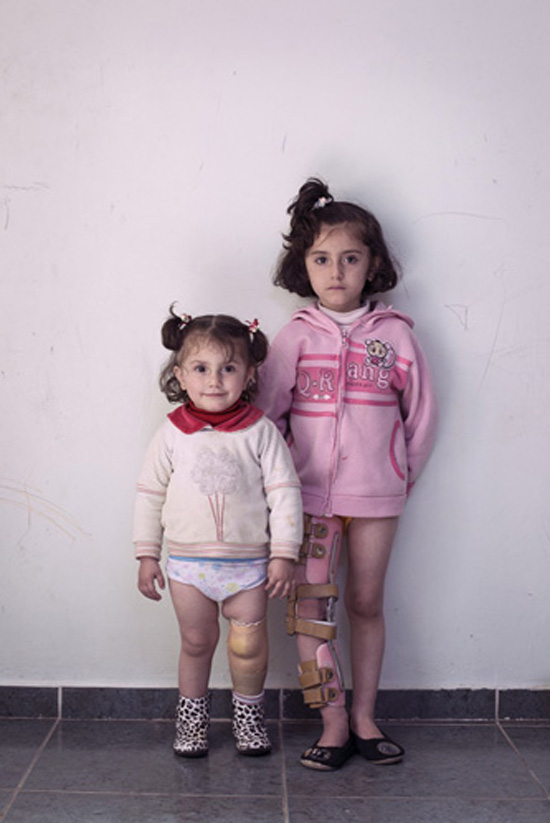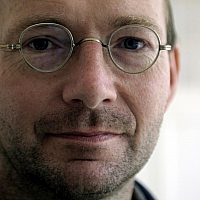
Expositions du 23/6/2016 au 25/09/2016 Terminé
WestSideGallery Berlin Wall, Mühlenstraße – 12043 Berlin-Friedrichshain (WestSideGallery, riverside of the East-Side-Gallery, opposite the Mercedes-Benz Arena) Berlin Allemagne
A lot of viewers might find these images terrifying. But, if pictures are accusing and are to be the starting point for effecting change, then they have to shock, to wake us up from our warm, comfortable lives.WestSideGallery Berlin Wall, Mühlenstraße – 12043 Berlin-Friedrichshain (WestSideGallery, riverside of the East-Side-Gallery, opposite the Mercedes-Benz Arena) Berlin Allemagne
It is a paradox of war that the injury of a single person makes the biggest impression on us; the one whose face we can see, the one whose name and fate we can actually recall. The bigger the number of the victims the less we are touched emotionally. Instead of increasing our consternation, large numbers somehow numb the reality of it. Numbers are abstract – people are not.
I will always remember Sundus Hawarna, an 11 year old school girl from Jasim in southern Syria. She lost her eye and her whole family in a barrel bomb explosion. Sundus was extremely shaky. Abruptly she started crying heavily when we were sitting together with her aunt Amal who takes now care of her. Amal comforted Sundus and told me that this is the normal behavior of Sundus now: She starts crying all of a sudden many times a day – the abrupt death of her father, mother and her three brothers haunts her constantly. Sundus is one of more than one and a half million Syrians who were wounded in the Syrian civil war which started in spring 2011.
According to the annual report of the World Health Organization 25 000 persons were injured monthly in 2015 – the most of them severely. 45% of the injured are children and women. About 10-15% suffer from amputations or disabilities. Daily shelling by heavy weapons is the primary source of the injuries; but as I say numbers are abstract people are not.
These portraits of those wounded in this bloody conflict were taken in towns, villages and refugee camps in Jordan and Lebanon between spring 2014 and 2015. My work aims to show the suffering of the civilian population in a modern war and to bring the reality of war, not by showing its action but its result; the aftermath. By showing the immediate aftermath of this conflict it is my intention to raise support for people who are really in need. The media often quote the numbers of the dead, but mostly forget the injured. The dead are gone, but for the injured the war will never end; they will have to endure their injuries till the end of their lives.
Looking back in the cold light of day, the horrors of war become more evident. The reality is so gruesome that the media tries to prevent us from seeing it for so-called ethical reasons, or reasons of taste. We are told the public do not want to have these images brought to them in their homes, that children might see them. But what and whose ethics are these? Instead of preventing war and suffering, what this actually does is to help unleashing the next war by making it more palatable to an unknowing public.
In all my time as a photographer, I have never before witnessed such grave atrocities. The defiance of international law has become a petty offense. The international community is too slow to react. The benefits which resulted from WWII in the form of the United Nations and the Geneva Conventions are continuously weakened. UN investigators accused the Syrian army, pro-government militias, as well as various rebel groups, of war crimes and crimes against humanity.
In March and October 2015, I visited the Kurdish controlled zone in Northern Syria and the city of Kobane, which was 60% levelled to the ground in five months of intensive fighting between the Islamic State and Kurdish militia, the latter heavily supported by the American Air Force. I recorded the aftermath of the fighting – communities and their livelihoods that were destroyed in milliseconds and that will take years, if not decades to rebuild. The fate of Kobane stands as an illustration of what happened to Syrian cities like Aleppo or Homs, which I experienced too. But, the strategic value of Kobane is zero. It fell into ruins because it became a symbol – the fight between good against evil. For me, stumbling through the debris and human remains for 12 days immediately after the fighting, makes these simplistic notions fade away. I find it hard to belief what human beings are capable of – this is what a lot of European cities must have looked like after World War II.

Experiencing these photographs one should not start thinking that war and suffering are inevitable and so dramatic that nothing can be changed. Politics and history are always concrete – this also means events can always be changed through concrete political measures. So this is exactly where we have to start working – after years of sitting on the side-lines and watching the war in Syria in agony with a guilty conscience. The people of Syria are demanding the same human values and rights which we Europeans preach and hold in high esteem; values, behind which stand the millions of dead of our own wars.
Kai Wiedenhöfer

